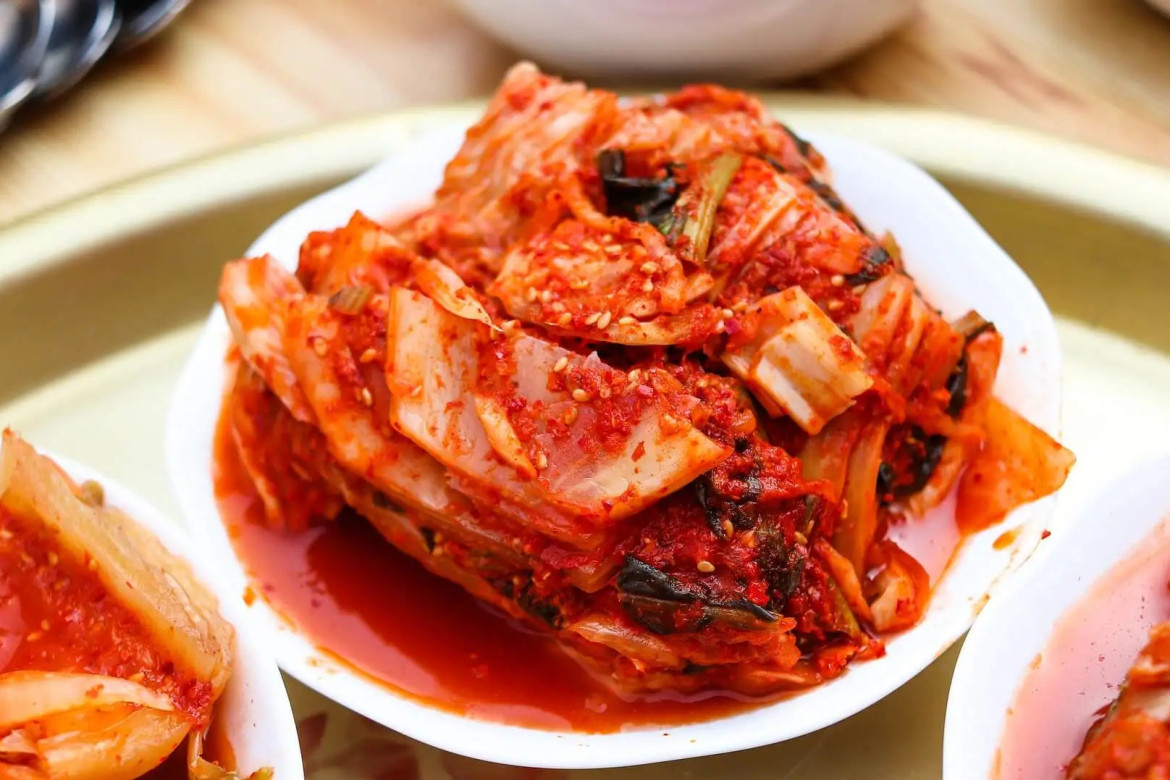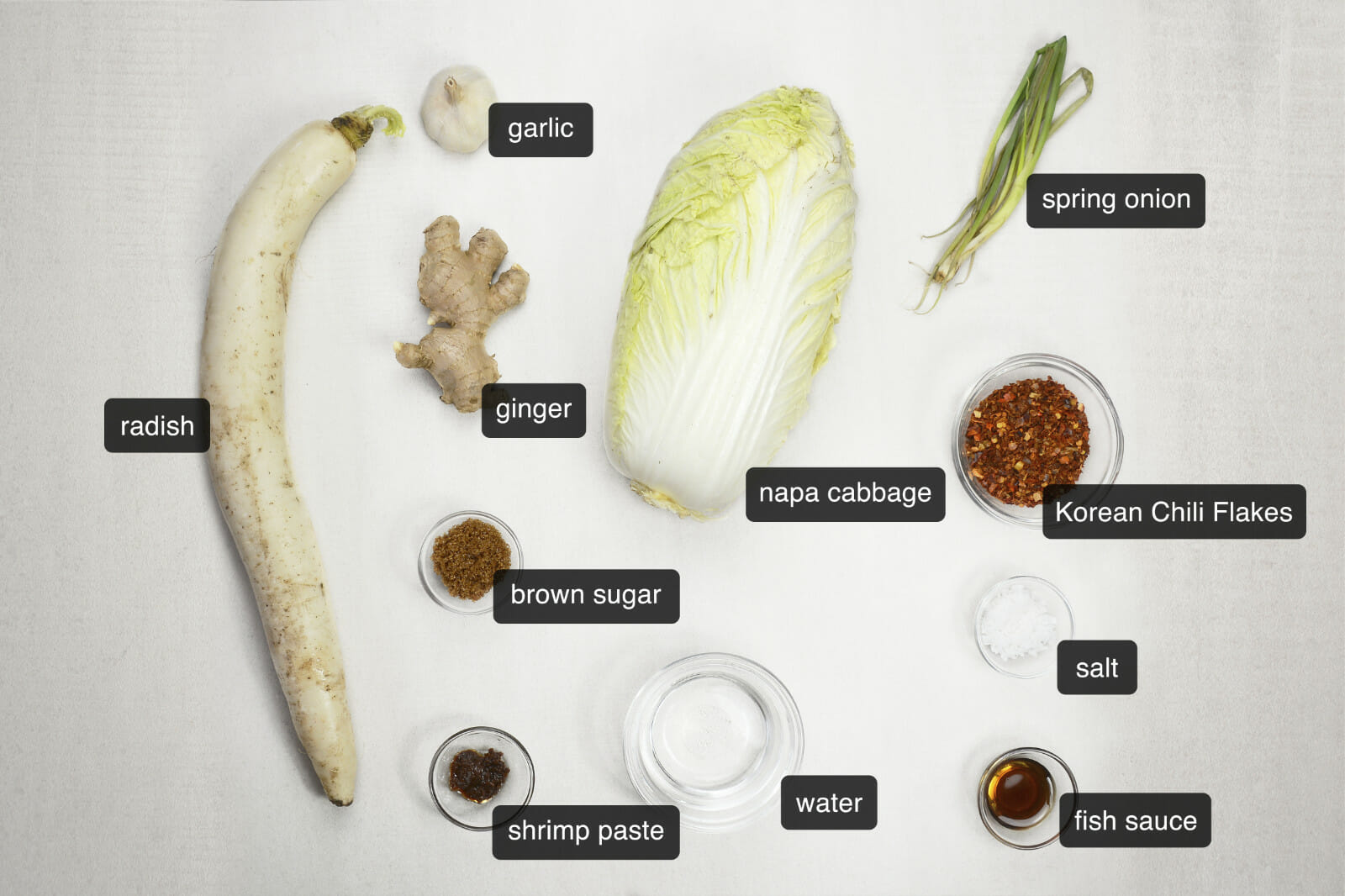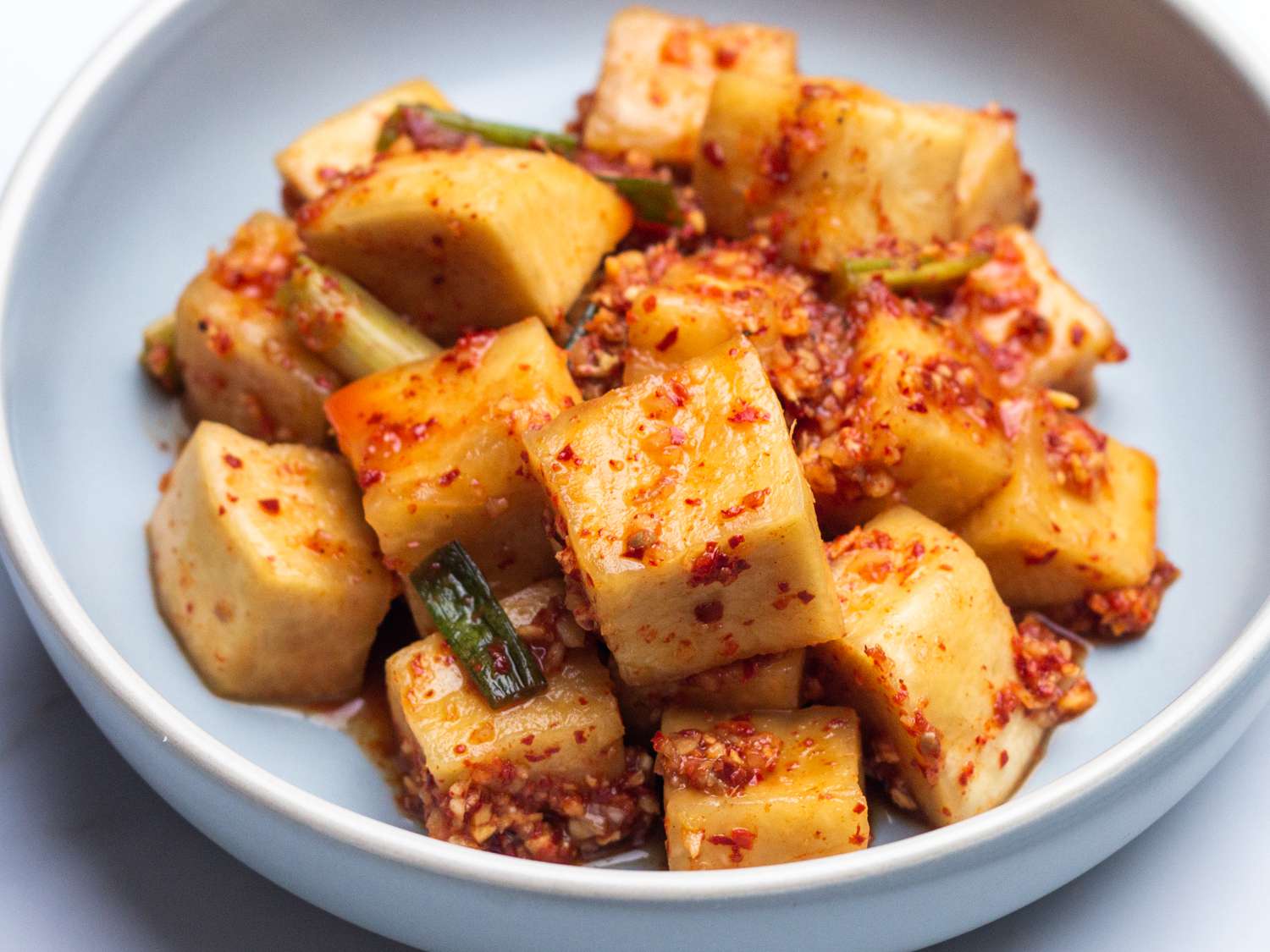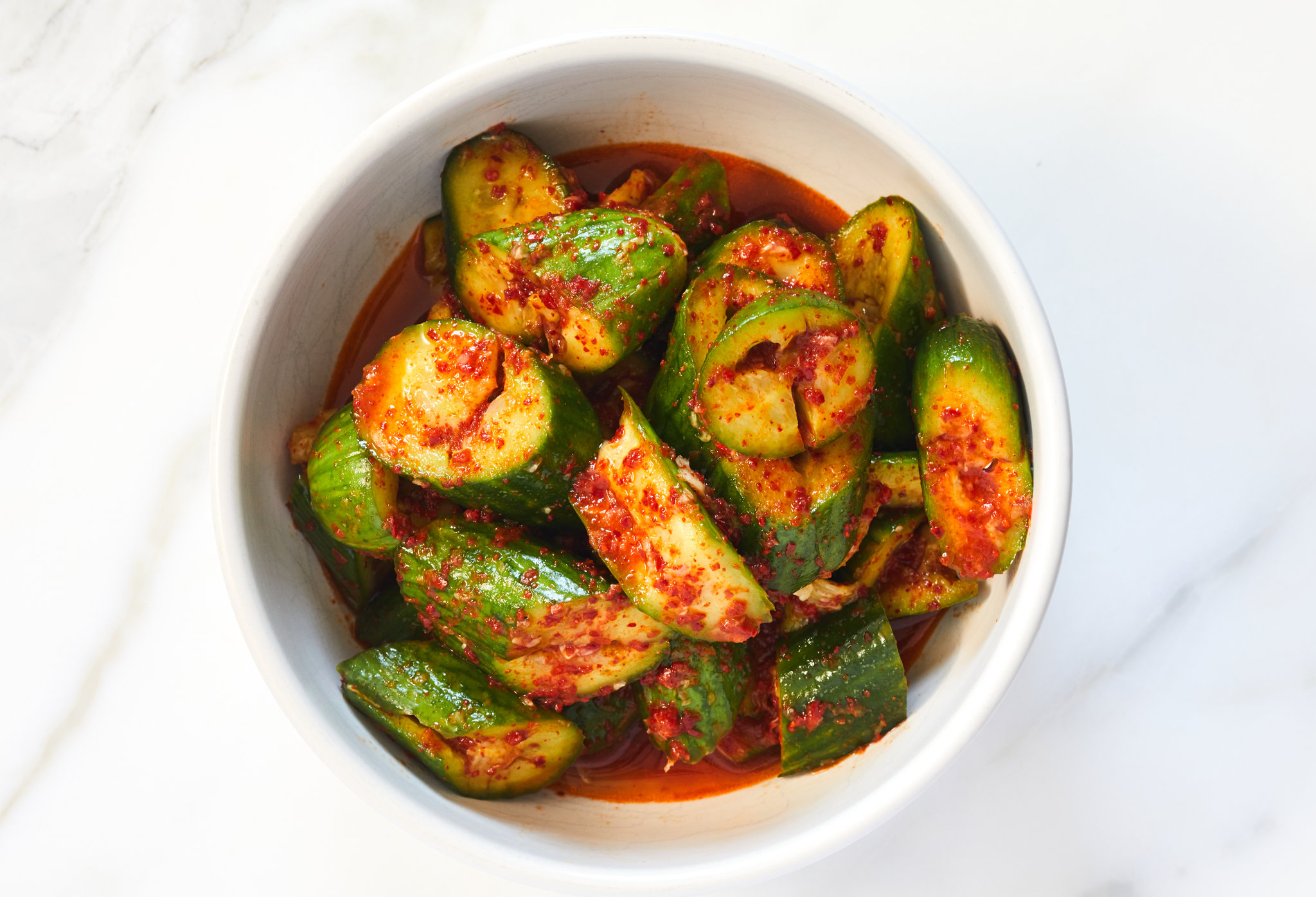
We all know that kimchi is a cornerstone of Korean cuisine. This fermented dish, with its rich blend of flavors, not only tantalizes the taste buds but also offers numerous health benefits. Experts in fermentation techniques laud kimchi for its probiotics and lactic acid bacteria, which contribute to a healthy gut.
We all know that kimchi is a cornerstone of Korean cuisine. This fermented dish, with its rich blend of flavors, not only tantalizes the taste buds but also offers numerous health benefits. Experts in fermentation techniques laud kimchi for its probiotics and lactic acid bacteria, which contribute to a healthy gut.
When making kimchi at home, selecting the right ingredients is crucial for achieving the perfect balance of flavors and successful fermentation. Napa cabbage, radish, gochugaru (Korean chili powder), garlic, and ginger are essential components that contribute to the unique taste and texture of kimchi.
Each ingredient in kimchi plays a vital role in creating its distinctive flavor profile and nutritional benefits.

These spices and seasonings not only define the taste but also boost the health benefits of kimchi, making it rich in probiotics.
By following these steps, you ensure that your kimchi will develop its signature flavor and texture through a balanced fermentation process. In addition, you can refer to the kimchi recipe at Korean food restaurants because the recipe at these restaurants has been made to suit the majority of customers' tastes. Road To Seoul Los Angeles is a famous restaurant of Korean food and kimchi that you can enjoy right in the center of the United States.
Kimchi is more than a flavorful addition to meals; it's a powerhouse of probiotic benefits. By incorporating kimchi into your diet, you can significantly boost your gut health and overall well-being. This fermented health booster is renowned for its ability to enhance digestive benefits and support a healthy microbiome.
Numerous studies have highlighted the health benefits of kimchi. Research shows that the probiotics in kimchi promote a healthy gut by increasing the population of beneficial lactic acid bacteria. These probiotics aid digestion, improve nutrient absorption, and strengthen the immune system. Experts agree that kimchi's fermentation process enhances its nutritional value, making it a superior choice for those seeking natural ways to improve their gut health. For example, a study published in the Journal of Medicinal Food found that regular consumption of kimchi can reduce inflammation and improve metabolic health, showcasing its broad range of health benefits.
When comparing kimchi with other fermented foods like sauerkraut and kombucha, it stands out for its unique combination of ingredients and potent probiotic content. While sauerkraut, made from fermented cabbage, also offers digestive benefits, kimchi provides a richer array of flavors and nutrients due to the inclusion of Napa cabbage, gochugaru, and other seasonings. Kombucha, a fermented tea, is another popular probiotic drink, but it lacks the diversity of vegetables and spices found in kimchi. This diversity not only enhances the taste but also boosts the probiotic diversity, making kimchi a more comprehensive option for improving gut health.
Kimchi holds a central place in Korean society, deeply woven into the fabric of daily life and cultural heritage. As we explore the rich history and diverse types of kimchi, we uncover its profound impact on Korean cuisine and identity.
Kimchi has been a staple in Korean culture for centuries, evolving from its humble beginnings to becoming a symbol of Korean identity. Historically, kimchi was a vital part of the diet in Korean royal courts, celebrated for its complex flavors and nutritional benefits. Today, kimchi remains integral to daily meals, appearing in everything from traditional ceremonies to everyday family dinners. It is not just food; it’s a representation of Korean heritage and communal values. In every Korean household, the process of making kimchi, known as kimjang, is a cherished tradition passed down through generations, fostering a sense of community and continuity.
The beauty of kimchi lies in its incredible diversity. Across Korea, there are numerous regional variations, each with unique ingredients and flavors.


These regional variations highlight the adaptability of kimchi to local ingredients and culinary practices, showcasing the richness of Korean cuisine.
Kimchi recipes also change with the seasons, utilizing ingredients that are freshest and most abundant at different times of the year.
These seasonal adaptations not only ensure that kimchi remains a dietary staple year-round but also enhance its nutritional value, aligning with the availability of fresh produce. This seasonal cycle of kimchi making reflects the deep connection between Korean cuisine and the natural rhythms of the environment.
Refer how to make Korean Bulgogi
Kimchi is more than just a dish; it’s a vibrant symbol of Korean culture and tradition. From the royal courts to everyday family tables, its presence is a testament to the communal and historical richness of Korean life. Whether you enjoy the classic Baechu-kimchi, the crunchy Kkakdugi, or the refreshing Oi Sobagi, each bite offers a taste of Korea's culinary heritage. Embrace the diverse flavors and health benefits of kimchi, and you'll not only enhance your meals but also connect with a time-honored tradition that celebrates community, culture, and cuisine.